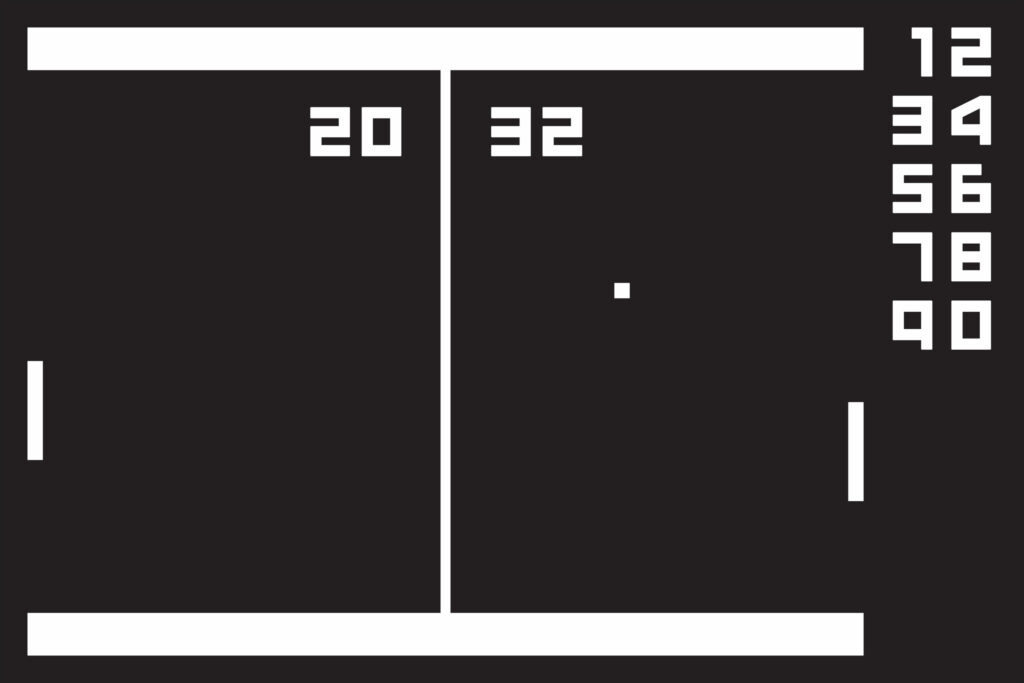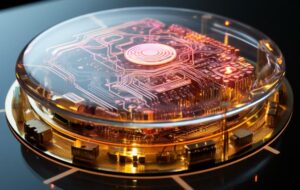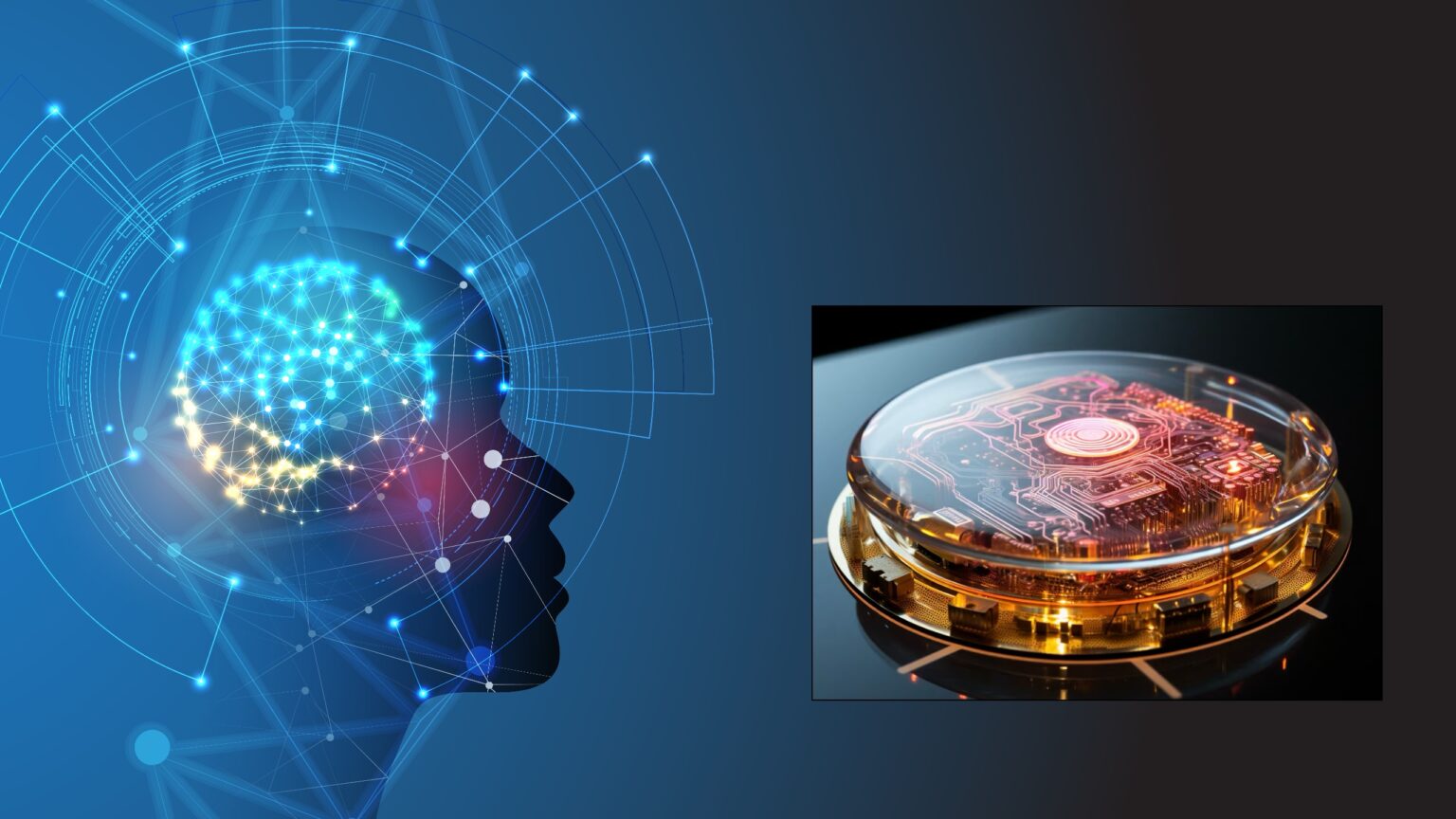An Australian team of researchers combining human-mice hybrid brain cells with AI has received $600,000 in funding from defense and intelligence agencies.
The team has already trained its chimera to play the classic arcade game Pong, with war games to follow.
Biological AI
A research team led by Monash University and Cortical Labs has created DishBrain, a biological AI with a mix of human and mouse brain cells. The landmark work has already caught the eye of government agencies in Australia including from defense and the Office of National Intelligence (ONI).
The team went on to electrically stimulate the cultures of brain cells grown in the lab. As the research paper, published in the science magazine Neuron, states, “Through electrophysiological stimulation and recording, cultures are embedded in a simulated game-world, mimicking the arcade game ‘Pong.’”
Reacting to positive and negative electrical stimulation, DishBrain learned to move the paddle and hit the ball. The process was relatively quick too; once introduced to the arcade classic, it only took DishBrain 5 minutes to master it.
Adeel Razi, one of the professors who worked on the project, spoke to the Guardian on Friday about the project.
Razi said DishBrain “merges the fields of artificial intelligence and synthetic biology to create programmable biological computing platforms.”
Having trained their DishBrain to master Pong, the company is now turning its attention to other applications for the technology.

A range of applications
DishBrain’s ability to win at Pong may be impressive, but its ability to win government funding rests on other applications for the technology.
Razi predicts that this new type of machine intelligence could learn throughout its lifetime, and be applicable to multiple industry sectors. Self-driving cars, autonomous drones, and delivery robots are some of the applications Razi cites.
“This new technology capability in the future may eventually surpass the performance of existing, purely silicon-based hardware,” said Razi.
“The outcomes of such research would have significant implications across multiple fields such as, but not limited to, planning, robotics, advanced automation, brain-machine interfaces, and drug discovery, giving Australia a significant strategic advantage.”

Razi did not go on to expand on what applications the military might find for such a technology, although he did hail the defense and ONI grant as important for the ongoing development of the project.
“We will be using this grant to develop better AI machines that replicate the learning capacity of these biological neural networks,” Razi said.
“This will help us scale up the hardware and methods capacity to the point where they become a viable replacement for in-silico computing.”
Doomsday scenarios
The rapid proliferation of AI has caused a considerable stir with industry experts and the public alike.
Earlier this year, a letter co-signed by Elon Musk asked for a pause on the development of AI systems. Musk and fellow signatories cite an existential risk that AI poses to humanity.
The fear that AI will turn on humanity like Frankenstein’s monster is likely to find further mileage in DishBrain’s latest breakthrough.









 and then
and then